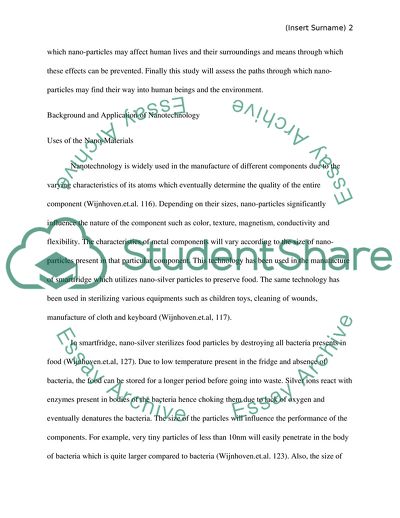Cite this document
(Risk Assessment on Silver Nanoparticles Research Paper, n.d.)
Risk Assessment on Silver Nanoparticles Research Paper. https://studentshare.org/technology/1789643-risk-assessment-on-silver-nano-particles
Risk Assessment on Silver Nanoparticles Research Paper. https://studentshare.org/technology/1789643-risk-assessment-on-silver-nano-particles
(Risk Assessment on Silver Nanoparticles Research Paper)
Risk Assessment on Silver Nanoparticles Research Paper. https://studentshare.org/technology/1789643-risk-assessment-on-silver-nano-particles.
Risk Assessment on Silver Nanoparticles Research Paper. https://studentshare.org/technology/1789643-risk-assessment-on-silver-nano-particles.
“Risk Assessment on Silver Nanoparticles Research Paper”. https://studentshare.org/technology/1789643-risk-assessment-on-silver-nano-particles.


